This is Duncan McCallum, Associate Artistic Director, and I wanted to do some blog posting for a while now, but never found an appropriate topic to start with, so I kept putting it off. Today, while waiting for the cast of Plastico: an Epic Eco Adventure to arrive, I noticed a reminder about the Day of Pink, which got me thinking back to my first job with MCT in 2006.
For those of you who are not aware, April 11th, is the international Day of Pink – which is a movement started by high school students to raise awareness of bullying, discrimination, homophobia and transphobia in schools and communities. The idea is that on April 11th, an individual wears pink to show support and help create dialogue for social change in their schools. Check out the website for more info.
Back in 2006, after completing my Bachelor of Education at Queen’s I returned to Toronto, to start my performing career. One of the first gigs, if not the first gig, I managed to get was with MCT as an actor in their production of 10% Reality. The project was developed in partnership with a school board in Northern Ontario to create dialogue about homophobia in middle and high schools in their region. The board approached MCT with this concept and over several months Luciano Iogna, the playwright, and Simon Malbogat, the director/dramaturge, created the play, which was then toured for two weeks.
In first entering into the company, as an actor/educator, I had never experienced Forum Theatre so the project was an incredible learning experience for me. Once I had been fully introduced to MCT techniques and the production was rehearsed, we left for the northern region to begin our school tour. At that point, I wasn’t expecting anything from our audiences: Stand up, tell us what you think, change the situation and then we will discuss. For the youth’s part this was what we were getting: open and honest dialogue about the issue.
After a few shows the group really hit a stride. The show itself was effectively catalyzing these youth to have a difficult discussion about homophobic culture within their school and community. The youth were daring and creative in the ways they challenged the different prejudices in the play. They found numerous, heart felt ways to speak out about and essentially stop the harmful behaviour. Overall, the production was a success. It was then that we started to receive some unexpected community resistance about our presence in schools.
Seeing as how the board had brought us into the community to create this production without first consulting the community, the community itself was angered. Unbeknownst to us, several churches in the area had become aware of our production and its focus, and without first investigating or viewing a performance, started instructing their constituents to counter act our attempts at open social discussion. Parents started pulling their students from class, teachers started calling in sick, and community members started attending our productions sitting in the back of the room audibly disagreeing with our presence. The churches even went so far to accuse MCT of trying to ‘teach students how to be gay.’
Student’s argue over public prejudice in 10% Reality. (Left to Right – Nawa Nicole Simon, Duncan McCallum and Dan Watson)
To give you some context to the intent of the play, here is the show’s description taken from MCT’s website:
The 10% Reality examines the effects of homophobia on young people who are trying to come to terms with their sexuality—and the bullying they and their friends sometimes experience as a result.
Sam is being bullied at school for being gay, and now his Dad wants to kick him out of the house. At school, his best friend, Tanya, has started to experience name-calling and bullying because of her friendship with Sam. After learning Sam may be gay, Tanya’s father demands that she end her friendship with Sam.
Sam’s battle is difficult, as he struggles to come to terms with his sexuality. Tanya, too, feels immense pressure. Staying Sam’s friend will mean trouble for her at home and at school. Her other choice sees her abandoning her best friend to avoid the grief of being bullied at school and of defying her parents. What should she do? How can both friends stand firm about what is right for them? We ask students to help us find options for both Sam and Tanya.
At first, the cast were all astonished to find the community taking these measures, especially when no one had really approached us about the issue, or done research into the intend effect of the show. From our perspective as artists, consultation with the community (students, schools) was accomplished and did effect the final product, as is MCT’s creation methodology. As time went on and the negative prejudice persisted, we as performers became unknowingly defensive. We started speaking negatively among ourselves about this section of the community that would “dare have the audacity to do this.” etc. The negativity continued to bleed into our performances and at one show, we found the typically engaged response from our audience to muted. The students just weren’t catalyzed. It seemed as though the prejudice that had been brought into our space, had begun to influence us and then started to shut down the dialogue.
After this specific show, the facilitator (Nawa Nicole Simon) and cast (Sefton Jackson, Rachel Brittain, and myself) conducted a closing circle to air some of these feelings. It was during this talking circle that we all named what was happening, and cleared the frustrations and feelings that were affecting our major purpose being in the community (catalyzing open and non-judgmental dialogue about social issues). As a collective we decided to focus on the effectiveness of character and story and keep all personal feelings separate. We are all facilitators there to allow the community to start conversation about their own issues. We catalyze and facilitate, so there is space for open-hearted dialogue. The community are the specialists in their own issues.
After this discovery, the frustration and anger from disagreeing community visitors had nothing to rebound off, nothing to build from and thus it dissipated. Ultimately many visitors approved of our efforts, and slowly the community blow-back disappeared. Through excluding our third party opinion, the community managed their own response which permitted the youth to, again, be the focus. This allowed their thoughts, opinions and options time to be considered and analyzed. The production continued to spark creative solutions and helped to establish a strong base for the schools to continue raising awareness.
When using theatre as a tool for social change it is difficult to not allow negative perception, anger, guilt to affect the space and the individual, especially when you are dealing with raw and real issues. Staying objective when creating dialogue is key because it takes away the target for these negative thoughts and emotions, allowing you to just ask questions and facilitate the discussion. Your work is there to create the space for dialogue not to preach an agenda. The community decides what works for them; you help to catalyze and mediate, not decide.
Today, being the day of pink, it is important to remember that these issues are still a major part of our society. Social issues don’t change over night or even in the course of a few years, it takes decades of talk to really change perception and create inclusion. It is also good to remember that even in the face of prejudice when the dialogue is honest, people will listen, minds with ponder, and things can change.
Thanks for reading and keep it real.
Duncan



Leave a Reply